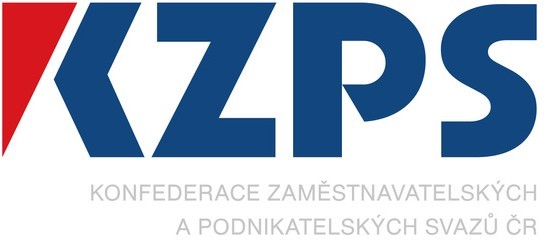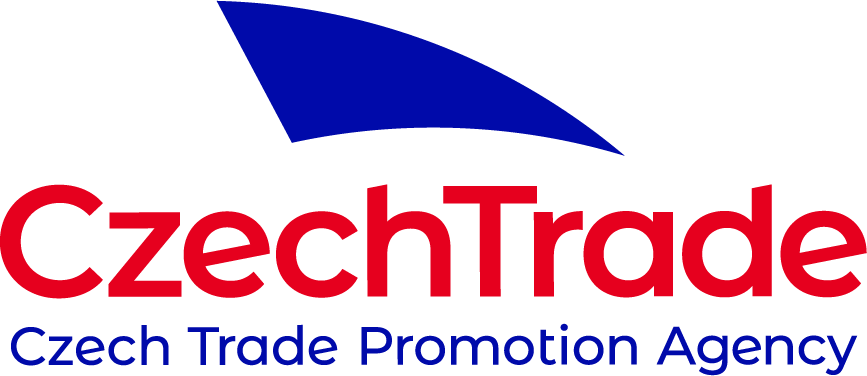Brussels, November 12, 2013: During the negotiations on Horizon 2020 programme, the European Parliament ensured that a novel instrument called “Fast Track to Innovation” (FTI) will be introduced.
This scheme, which should be tested in form of pilots, will involve open calls with a bottom-up driven approach: participants from any sector could submit at any time a R&I project. The procedure should shorten the time to grant EU money, allow smaller consortia to speed up time from idea to market and to increase participation of first-time applicants. It will seek to stimulate private sector investment, promote research and innovation with a focus on value creation and accelerate the development of technologies into innovative products, processes and services. Now it is up to the Commission to transcript the idea into the legislation. Similar fast track procedures in innovation run by the European Commission are already in place in the 7th Framework programme in the area of health. Therefore there is experience to share within the Commission, with the Member States and stakeholders. That was also the reason for a debate organized by CEBRE, CZELO and Czech Permanent Representation to the EU held on Nov. 12, 2013 in Brussels.
Šárka Brábníková, Head of Sectorial Policies B Unit of Permanent Representation of the Czech Republic to the European Union, informed about the final steps of adoption of H2020 including the up-coming vote in the European Parliament. The FTI as a new scheme will be introduced on the basis of pilots in 2015-2016 and evaluated within the scope of the mid-term review of H2020 in 2017. “The scheme, which goes across topics of LEIT and challenges of H2020 III pillar reflects the requirements of industry for a more bottom-up approach, brings new aspects of evaluation and speeds up the procedure of granting EU money up to 6 months”, she informed.
Christian Ehler, Member of the European Parliament´s ITRE Committee explained the contribution of the European Parliament to FTI introduction based on experience within the 6th and 7th Framework Programme. He went on stressing FTI importance by saying “We are definitely missing a flexible instrument that is close to market and technology-driven”. There is a need for a bottom-up approach without any prescription regarding topic or technology, focused on value creation and continuously open for submission. “For the sake of a fast procedure, 6 months time-to-grant from cut-off date is key, participation of companies in consortia must be ensured and the evaluation must be one-stage”, he stressed. He concluded that in order to make the FTI flexible it has to cover LEITs and societal challenges, but allow cross-sector proposals; no type of participants should be excluded. “The European Commission is working on the new scheme and we are looking for any valuable discussion with and input from stakeholders”, revealed Bernd Reichert, Head of Unit SMEs, DG RTD, European Commission. Nevertheless, some key points are already quite clear: FTI should promote research and innovation with a focus on value creation and accelerate the development of technologies into innovative products, processes and services. The industry should be in any consortia to ensure market uptake and innovation actions close-to-market will be funded. The FTI will be open to any legal entity – consortia of no more than 5 participants. In order to speed up the procedure comitology will not be used and time-to-grant will be of 6 months. In the pilot scheme around 100 projects should be funded, half in 2015 and half in 2016. The calls will be permanently open with three cut-off-dates per year, and each grant can go up to € 3 million per project.
Muriel Attané of EARTO recommended not to create a by-pass to all other instruments in place, but to have specific targets the other instruments do not cover well enough. The FTI should not be a fast track to grant instrument but a fast track to impact. According to her the pressure should be put on the research community to deliver for industry, SMEs included. Fast Track to Innovation could have two dimensions: 1) Technology Push version: Exciting results exist – get them to be used fast and 2) Demand Pull: A big demand exists and a quick solution is needed. She mentioned that the key to both would then be real impact. Bettine Gola of EUROCHAMBRES said: “Horizon 2020 can be a strong engine for growth in Europe if we allow European businesses to increase their participation in the Framework Programme”. EUROCHAMBRES calls upon the Commission to support exclusively close-to-market projects using the project impact as a primary evaluation criterion. Fast track should mean that the innovation will be introduced in the market within maximum 2 years. Richard Zábranský from Prague City presented Czech project Akcelerace which focuses on developing contacts between SMEs and Prague-based research institutions. Its aim is to promote collaboration on small projects and enhance the competitiveness of SMEs in a simple, transparent and effective way. Prague innovation vouchers with 25% of co-financing helped for instance to test fire resistance of wooden structure or to develop next-generation DNA sequencing.
PRESS RELEASE: Fast Track for Innovation still needs to find its way (PDF)





